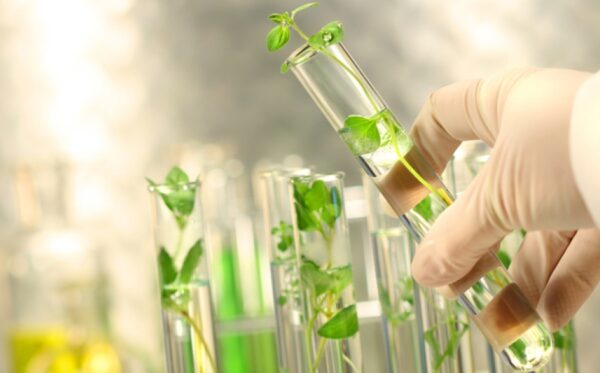The Science behind the Best Green Cleaning Products
Learn the ingredients and formulations behind effective green cleaning

Finding green cleaning products prove easier than ever, thanks to today’s reliable third-party green certification programs like Green Seal, EcoLogo, Safer Choice and GREENGUARD – which evaluate and certify products to specific environmental standards as developed by each third party entity’s standards. But do you ever wonder what actually makes a green-certified product safer and effective? What potentially harmful ingredients do they leave out, and how do these products reduce their environmental impact? And what non-toxic ingredients are used to maintain a healthier space? Here, we break down the science behind green cleaning.
The importance of product PH levels
Remember your chemistry lesson on PH, from 0 as highly acidic to 14 as highly alkaline? The best cleaning products aim to keep their PH as neutral (around 7) as possible, and avoid extremely acidic or alkaline components that, while effective at cleaning, may create unsafe fumes and leave behind skin-irritating residue. Neutral cleaners are thus the safest for those with any skin sensitivity.
Avoiding VOCs
Volatile Organic Compounds (or VOCs for short) are a group of organic substances that can easily evaporate from liquids or solids into gases. Some occur naturally, but other VOCs are pollutants derived from common cleaning products. Prolonged exposure can disrupt organ and hormonal functions, so the best green products are always low- or no-VOCs. This helps ensure cleaned facilities remain non-toxic, especially for people who are suffering from asthma and allergies, or have compromised immune systems.
Saying no to dyes and fragrances
Be wary of cleaning products with unnatural colors and intricate scents. When artificially manufactured, they often contain excessive VOCs. The best cleaning products avoid heavy use, and when they do, they opt for natural sources of fragrances like essential oils, and use dyes approved for food and cosmetic use. Avoiding strong, artificial fragrances and dyes also creates safer environments for those with skins issues or respiratory conditions like asthma and allergies.
Valuing biodegradability
We often judge the harmfulness of certain cleaning ingredients by how long they last in the environment. So many green products opt for biodegradable components that have a limited environmental footprint by quickly breaking down into non-toxic elements. These products also don’t leave behind harmful residue after cleaning, making surfaces safe for direct use, and improving air quality.




